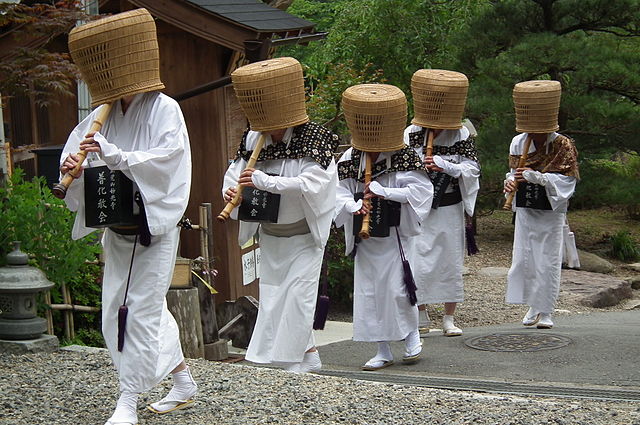
Four of Japan's Traditional Instruments
In this world there are many characteristic musical instruments but in Japan there are many unique instruments. Check out these instruments and performances that truly feel Japanese.
This post may contain affiliate links. If you buy through them, we may earn a commission at no additional cost to you.
1. Koto
Koto are about 180 centimetres (71 in) length, and made from kiri wood (Paulownia tomentosa). They have 13 strings that are strung over 13 movable bridges along the width of the instrument. Players can adjust the string pitches by moving the white bridges in the picture before playing, and use three finger picks (on thumb, index finger, and middle finger) to pluck the strings, otherwise known as plectra.
Beautiful Japanese series: Among the autumn leaves of Arashiyama, Kyoto, an elegant koto performance
The low tones of this instrument somehow recalls the feeling of ancient Japan.
Since the sound is deep, there are many people who get addicted to it.
It was brought over to Japan from the Chinese Tang dynasty, and it was given the name "shakuhachi" because of its length in an antiquated measuring system.
The shakuhachi is made from the root of Japanese timber bamboo, and there are four holes on top and one on the bottom. It's currently the trend to line the shakuhachi with hard materials in order to force the sound up through the top. It's an air reed instrument similar to the traditional quena and flute from Peru and Bolivia.
3. Shamisen
Though the shamisen is said to have a shallow history when compared to other Japanese instruments, it is an instrument that has many worshippers.
A traditional Japanese stringed instrument. Skin is pulled across both sides of the square, flat, wooden trunk, and the strings are stretched across the wooden rod that goes through the trunk. Usually it is played with a gingko-shaped plectrum.
4. Sanshin
Though it looks similar to a shamisen, it is an instrument from Japan's southernmost island, Okinawa.
It's a cheerful instrument with a characteristic musical scale that fits well with songs and makes people want to dance.
In Okinawa, this instrument is often played at weddings and other happy occasions where people are gathered.
The sanshin goes with singing and dancing!
The information in this article is accurate at the time of publication.




